The best Spanish pastries to die for
The spaniards in general eat a lot of pastries for breakfast, for tea, for whatever moment they feel like it.
Spanish bollerias (pastries) are often quite different from the French ones although they look similar. The reason is that they tend to use lard instead of butter. So their texture tend to be less flaky but equally fluffy. Now obviously whether you like them or not depends very much on your preference. I generally love French pastries but they are more for cheat days for me as they can be a bit heavy for everyday consumptions.
I am not saying that lard is any healthier than butter, but theoretically it has only half of the saturated fat contained in butter. Most of the fats in lard is monounsaturated, and it is a great source of linoleic acid / omega-6.
 |
| Source: pinning.com |
Cruzán (croissant) and Napolitana Chocolate (chocolate croissant) are one of the most popular onces and they can often be found in bars and cafés (including shabby ones as well). They are usually pretty soft, with a shiny sugar glaze on top (that makes them soggy). It's quite nice if you consider it as an airy type of bread. They are usually be eaten on its own locally. Very rarely you may see them being served like a sandwich (which you can tell you are in a touristy cafe).
 |
| Source: Granier |
Meanwhile if you are a fan of chocolate or custard, there are pastries that comes in all forms such as Caracola (conch / shell), Trenza (plait), Bretzel (pretzel) etc., often made with lard and glazed.
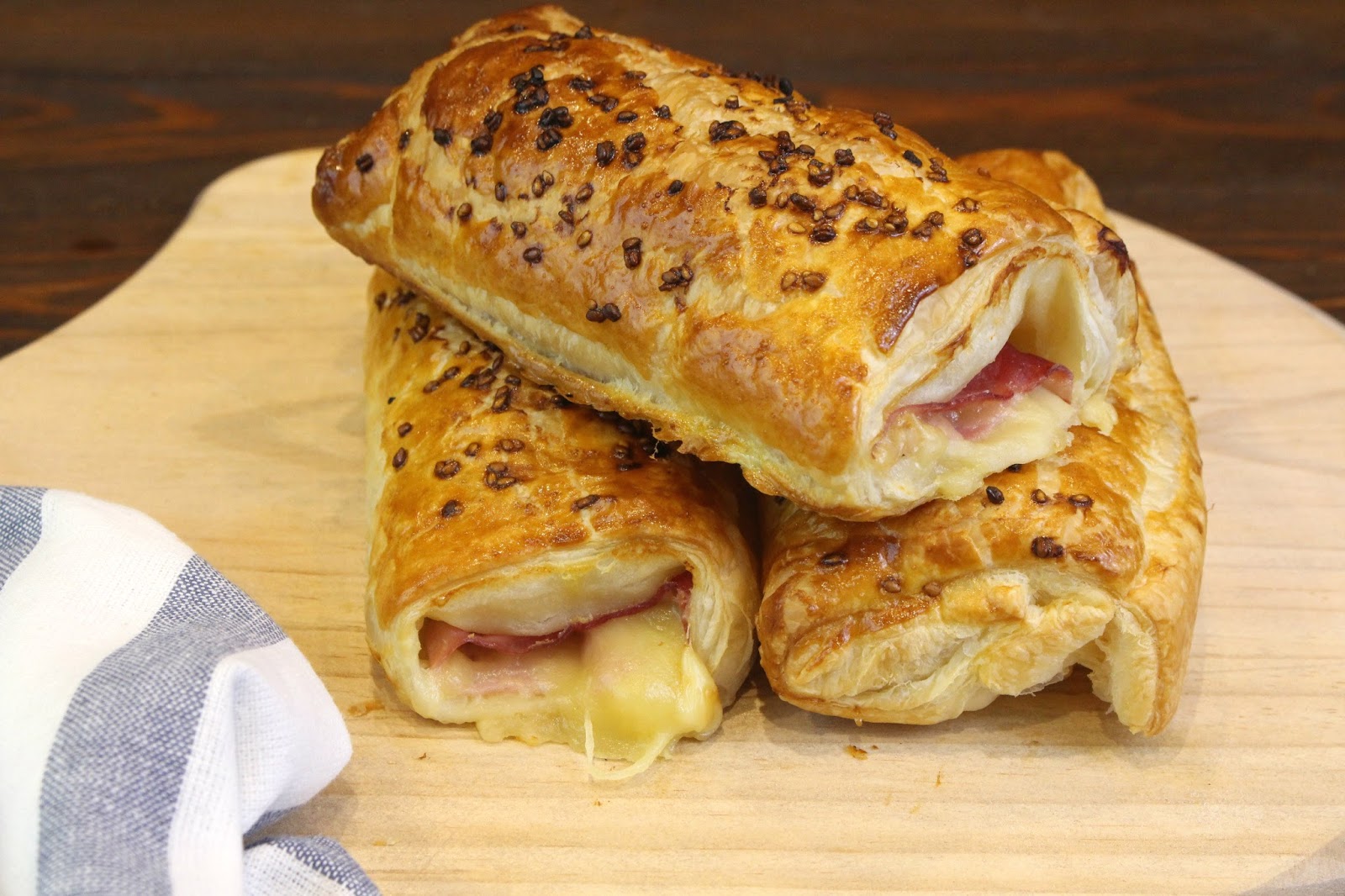 |
| Source: saltandoladieta.com |
Apart from the typical Napolitana Chocolate (Chocolate croissant), another type of pastry also in the same form is the Napolitana de Jamón y Queso (Ham & Cheese pastry). Usually Jamón York is used (basically the pink ones that you can not trace any part of it to its meat origin).
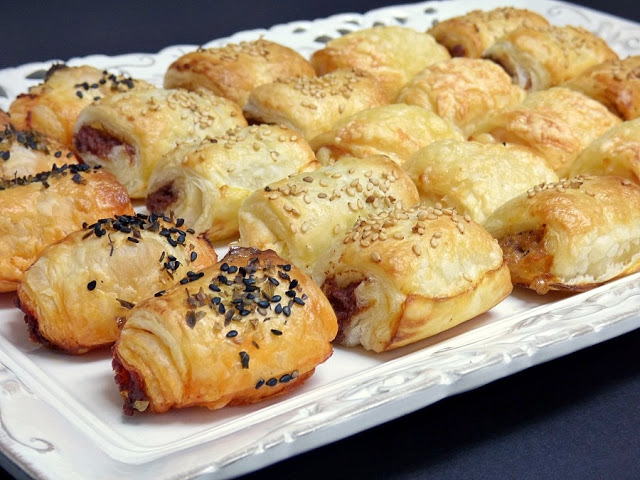 |
| Source: miscosillasdecocina.com |
Alternatively if you are as greedy as I am and wish to try different things at once, you may opt of the Frivolidades, mini pastries with different fillings such as tuna, paté, sobrasada (a Majorcan spiced paté which is super tasty (and fat)), cheese, etc. It is far lighter than the British sausage rolls with the use of lard.
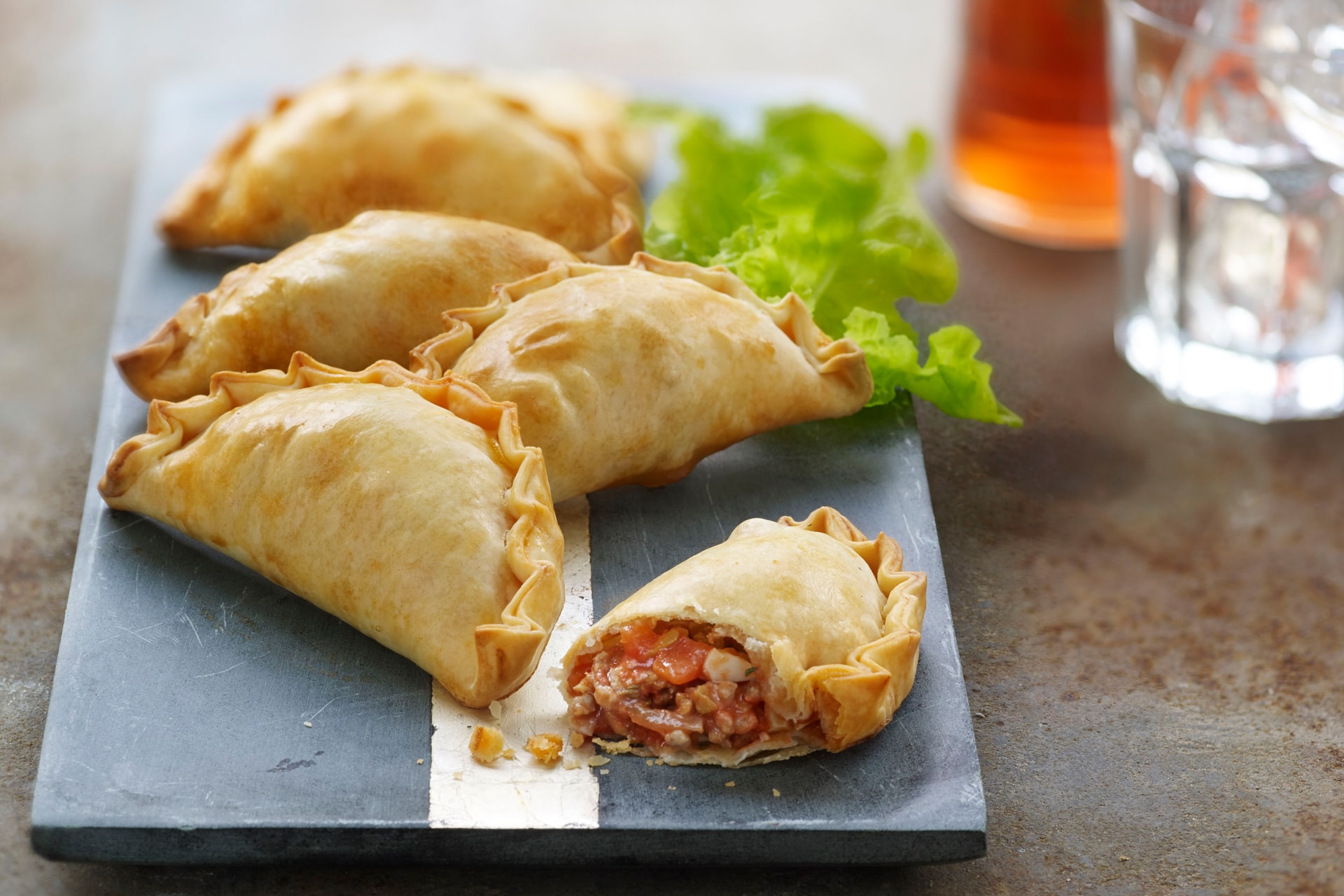 |
| Source: nestlecocina.com |
Another savoury choice is the Empanadillas, baked crumbly pasty, again made with lard, with a variety of fillings. Empanar is literally the verb of coating something in bread. The typical fillings are tuna, chicken, spinach, tomato, onion etc.
Empanadillas are also very popular in Latin America and the forms and recipes can be quite different.
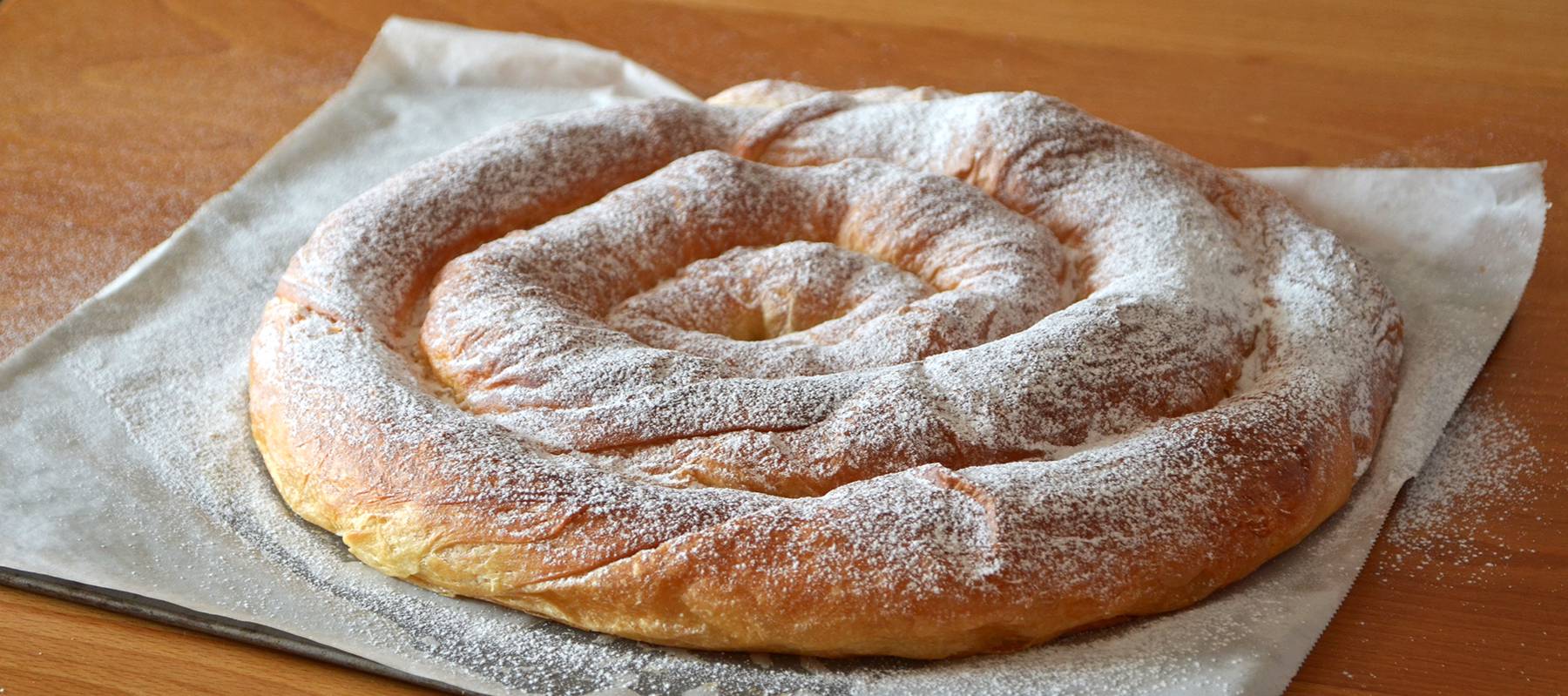 |
| Source: el país |
 |
| Source: yoyomismaymiscosas.com |
 |
| Source: El Pan de Estrelles |
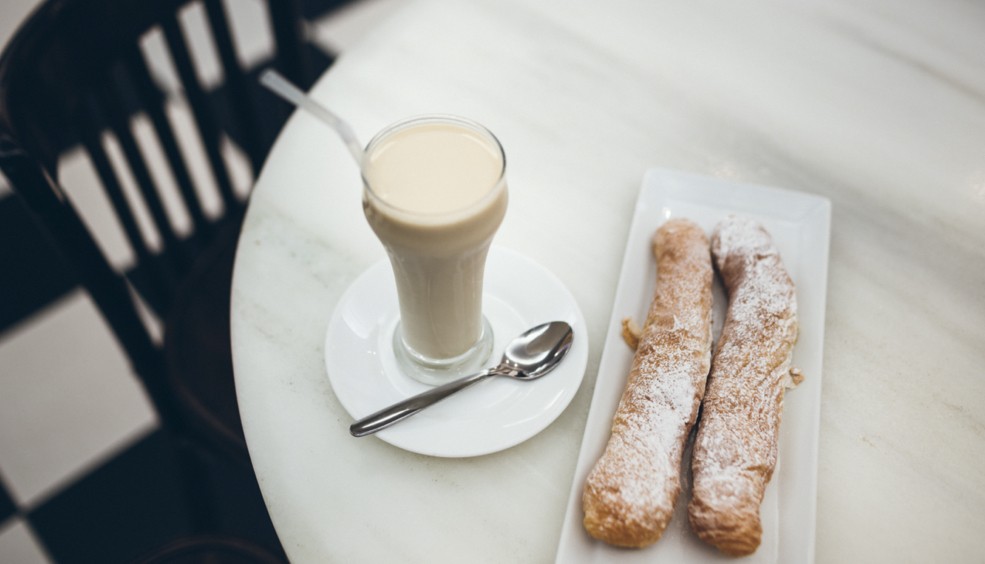 |
| Source: vueling.com |
 |
| Source: topvalencia.net |
Now obviously there are festival specific pastries that are incredible common which will be covered in future blogs.
If you are interested on this topic, you may also want to check out my other post about what Spaniards eat for breakfast. I hope you enjoyed my sharing :)
Lots of Love,
Cherrie


Comments
Post a Comment